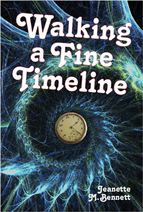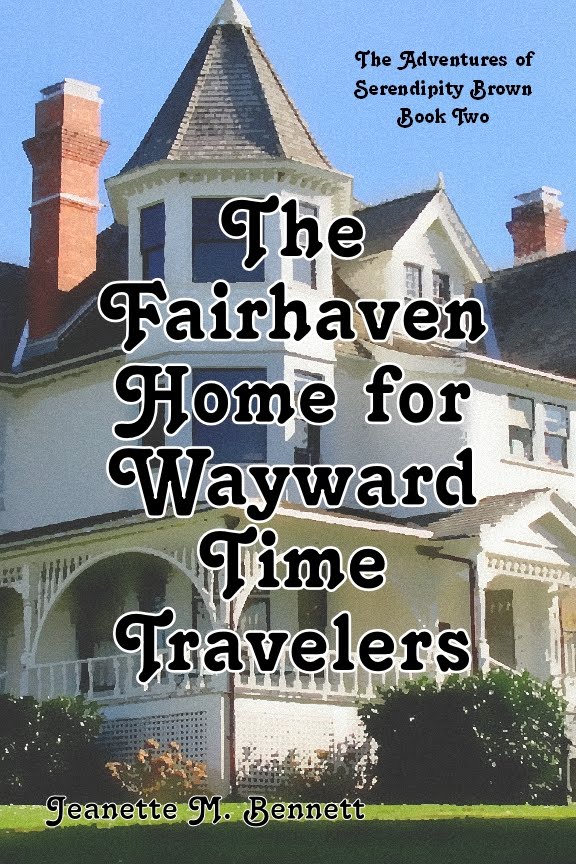Today I visited the Minorcan Quarter in the old section of St. Augustine. The Minorcans are one of the oldest ethnic groups here and have helped build this city.
 |
| Minorca in the light blue |
The earliest settlements show Cretan influences. Carthaginian, Romans, Vandals, Moors, Turks, French and English have all owned Minorca at one time or another. It is now officially Spain’s. The population consists of people from all over the Mediterranean including a large number of refugee Jews. They have melted into their own culture with their own language, Menorqui. They also have their own cuisine. The French might claim mayonnaise as their own, but they stole it from Minorca.
 |
| Minorcans |
Turnball started with Minorca as his base. He knew Minorcans were hard workers, having had married one. He also recruited a small number of Greeks and Italians and loaded up eight ships. A total of 1,403 colonists sailing to Turnball’s “New Smyrna.” Each recruit was promised 50 acres after working 6 to 8 years, with another five acres added for each child born.
The promised land turned into a nightmare. Turnball and his overseers were hard taskmasters. The colonists were treated badly, fed poorly, clothed and housed inadequately. Add to the hardships of just living in an isolated swamp. Malaria was rampant. About 450 colonists died the first year. When they had served their time and tried to collect their payment, they were beaten and sent back to the fields. The ugly truth dawned on them. They weren’t indentured servants, they were in fact slaves!
In 1777, after nine years of this horror, a couple of the men managed to escape and made their way to St. Augustine to tell the Governor of Florida their plight. Governor Patrick Tonyn was horrified by their account and sent investigators. He liberated the colonists and invited them to come to St. Augustine. The 600 survivors and their children marched to the city. It’s estimated 964 of the colonists had died.
 |
| Minorcan Quarter |




No comments:
Post a Comment
Due to bots sticking ads into the comments I am now forced to moderate. Differing opinions are welcomed. This is history, which is the surviving written record, which may or may not be accurate. I will even allow comments pushing other books or websites as long as they are relevant.